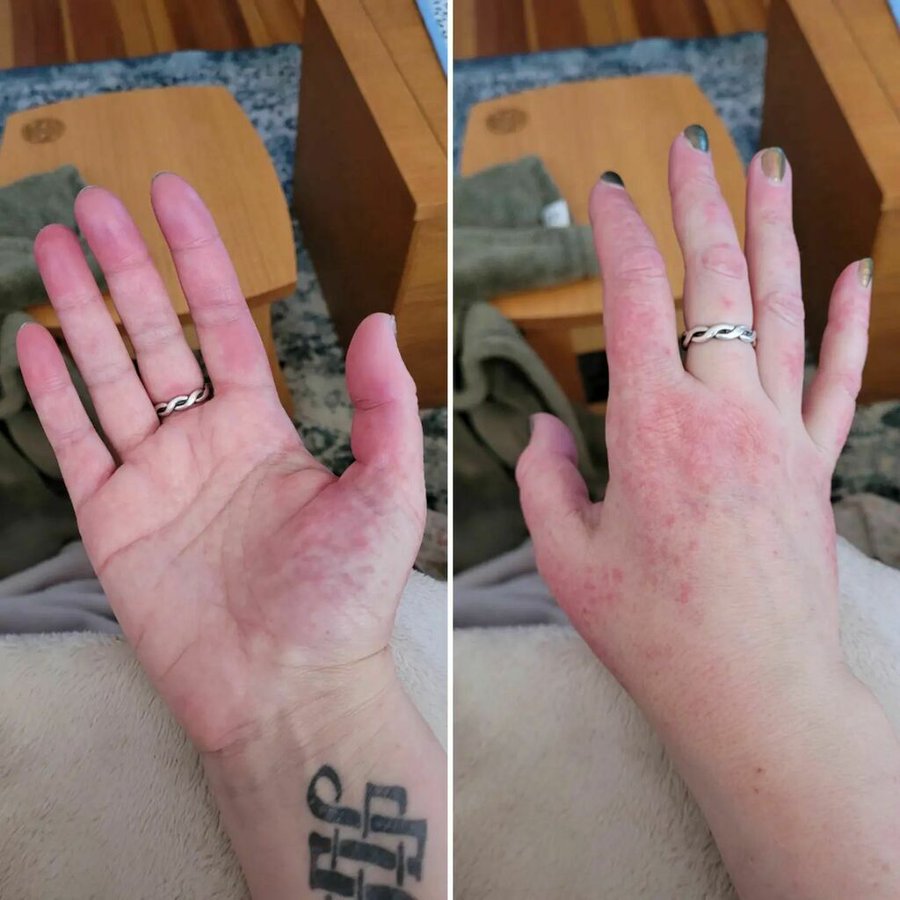
I’ll lead with the most succinct version of my latest news: The January set of CT scans show slowed, but still decreasing, reduction of the remaining cancer in my liver, and no new areas of concern in my abdomen. According to my oncologist I have had an “amazingly responsive” reaction to the chemotherapy and will continue on this path as long as we get positive results.
Practically, this means I am on a two week chemotherapy cycle for the foreseeable future. I have a chemotherapy infusion on week one (a three day, mostly at home process) and a “normal” week two with no medical treatment. Then we repeat the process. I will do another set of scans in early March, right around the one-year anniversary of my hospitalization and surgery, and again see where we are at.
This is a much different frame for thinking about cancer than I am used to — so many of our cancer narratives are either you’re in crisis / dying or you are in remission. This is more of a chronic disease model. I am certainly not complaining, since without modern medicine I would have died last year. But it does require shifting from a sprint to a marathon mindset, and that I adjust to the new rhythms of life in on-going treatment.
The chemotherapy I am currently on is much milder than my initial regimen and the side effects are minimal … though I am still adjusting to what my new normal energy level and cognitive load is. Naps are a bigger feature in my life than ever before, and 1-2 mile walks often feel effortful. I fade faster in the afternoons than I am used to. But I have very little nausea, have regained the weight I lost over the summer, and my hair is starting to grow back. Week two often feels pretty “old normal” in terms of daily life (pandemic withstanding).
The most difficult symptom I am coping with right now is peripheral neuropathy, a side effect of one of the drugs I took over the summer. This means I have numbness, tingling, and some pain in my hands and feet due to (we hope) temporary nerve damage. About 85% of patients who experience this symptom enjoy a full recovery; in the meantime there is little to do beyond the basic self care of sleep, food, exercise, and patience. It’s frustrating because typing/writing and knitting/stitchcraft are two kinds of activities that I do with my hands, and do a lot, and are slow right now. Handwriting is often out of the picture. So I have not been able to do things I wanted to get to this winter, like binding a quilt (hand stitching just isn’t possible) and catching up on thank you notes. If you haven’t had a note from me, I promise it is still on the way when my dexterity improves!
The omicron variant of COVID-19 is also scary, particularly for folks like me with a compromised immune system. I am so grateful that my workplace (as an institution and as individual colleagues) continue to be supportive of my extended work from home arrangements. And when I must be indoors with others — errands, appointments — I have upgraded to wearing kn95 or n95 masks. The studies on the efficacy of vaccines in supporting an immune defense even in those who are immunocompromised are encouraging, but we remain cautious — particularly with the cases as high as they are and hospitals stretched thin.
It’s hard to believe we are reaching the one year mark with this cancer situation in the midst of the still omnipresent pandemic … but here we are indeed. I’m so grateful for all you have done to make the past ten months easier for Hanna and me. I’ll circulate another update in March when the next set of scans are evaluated. In the meantime, know that we are hunkered down to avoid omicron and hope you are all doing the same.


Wonderful to hear the update and such promising news!
LikeLike